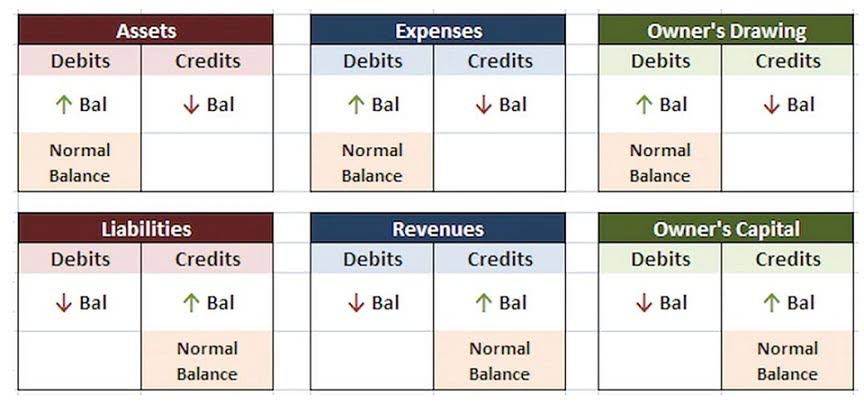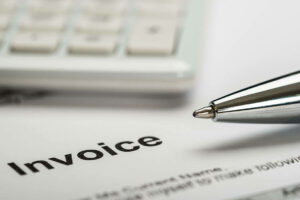Some sources report the investment in Sage to be $15,000 to $35,000, depending on service tier and user seats. Dashboards can be customized to show either high-level or in-depth data, making them great for communicating financial performance and details across a wide audience. BI’s visualization enables decision-making using all the data resources within the company. This free web analytics service is offered by Google tracks and reports website traffic, paid ad spend, and more. From simple templates to integrated services, the opportunity to improve your reporting through automation is easily within reach.
- It’s a good idea to audit your data before implementing the software.
- This makes it simpler to spot trends, identify potential issues, and communicate financial information effectively.
- Today, we’re covering everything you need to know to get started with report automation.
- In the realm of finance and accounting, efficiency and accuracy are paramount.
- Innovations in AI will likely include built-in tools for monitoring, detecting, and mitigating potential threats to sensitive financial data.
Strategic tax tech trends: Insights from the Tax Firm Technology Report
You can ensure compliance with industry-specific security standards through relevant certifications. Finding the right financial reporting software can feel overwhelming. There are so many options, each with its own strengths and weaknesses. To simplify your search, we’ve highlighted a few key players, including our own solution at HubiFi, and broken down what makes them unique. This publication is designed to assist you in developing and implementing such a game plan for automation and AI tools used in the financial reporting process. It explains key considerations for identifying and understanding the risks and walks through the process of developing strong governance policies and procedures to respond to those risks.
How will automating financial reporting benefit your business?
Automating your financial reporting processes can transform how your finance team operates, leading to greater efficiency, accuracy, and strategic insights. For this to work, provide clear communication among all the teams involved, from the management to the finance teams. You should explain the new system’s benefits to the stakeholders and show how it will improve efficiency, accuracy, and overall performance. Also, offer comprehensive training programs to equip your team with the necessary skills and confidence to use the new tools effectively. Additionally, engage key stakeholders early to secure their buy-in and support, making the transition smoother for everyone. Some organizations still rely on legacy systems (an outdated computing system, either hardware or software still in use) for critical operations, despite their inefficiency and limitations.
Challenges to implementing automation in your financial reports
This shift allows FP&A teams to focus on revenue-focused tasks like analysis and Accounting for Churches strategy development. Streamline your financial reporting process with AI-powered automation. Extract data from diverse financial statements, automate reconciliations, and generate reports in seconds.
Essential reporting areas include profit and loss statements, balance sheets, and cash flow statements. Finally, the industry continues to be cautious of automation solutions due to the risk of data security breaches. As automated solutions present unique cybersecurity risks, it is important that service providers ensure their software gets regular security updates to mitigate these concerns. Next, some firms may face issues with respect to the integration of automated solutions with legacy systems that are not configured to collaborate with them. However, cloud-based solutions have been shown to be highly adaptable, and with upgrades and adjustments, this challenge can be easily overcome. These upgrades would focus on helping legacy systems connect to the cloud while simultaneously adjusting the software within modern systems to effectively draw and analyze data from said legacy systems.
What is report automation?
Many platforms offer features like shared dashboards and collaborative workspaces that make it easier to work together. By fostering a collaborative environment, you can leverage the full power of your data to make informed decisions and drive financial reporting automation business growth. Schedule a demo with HubiFi to see how our solutions can improve collaboration and data visibility across your organization.
- As you consider automating your financial reporting, prioritize areas with high volume, repetitive tasks, or those prone to human error.
- Look for solutions that integrate seamlessly with your existing systems, offer the features and functionality you require, and provide a user-friendly interface.
- For CFOs, automated financial forecasting means real-time analytics and real-time decision-making.
- From educating clients about reporting requirements to helping them navigate the nuances of transactions, these regulations offer a chance to transform your practice.
The normal balance lengthy process of collecting and organizing large volumes of data can now be streamlined to be completed within shorter time frames. This means that the previously occupied resources are now available to be reallocated to higher priority, higher level processes, helping increase the efficiency of the firm. Switching to automated financial reporting can feel like a big change. But with the right approach, you can smoothly transition and reap the rewards. These can include fees for additional users, integrations with existing systems (like your CRM or ERP), data migration, training, and ongoing support. Resources like Software Advice can help you compare options and identify potential hidden costs.





